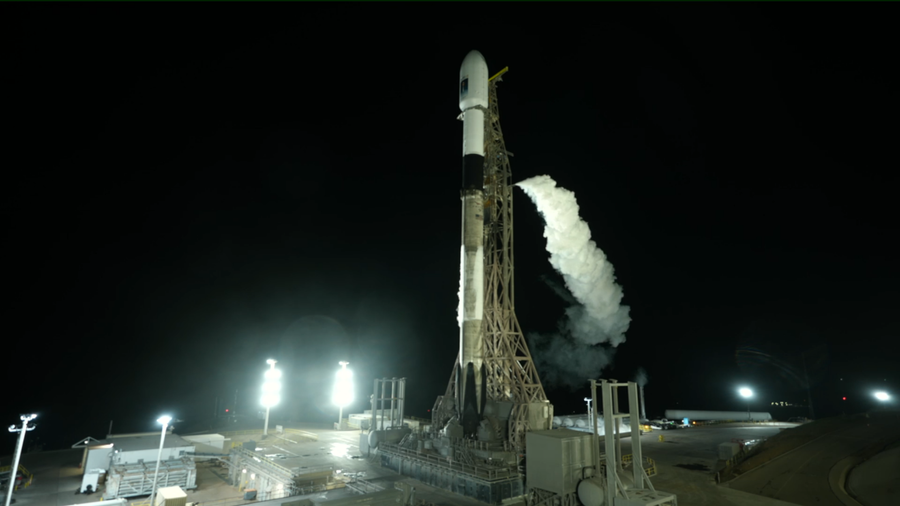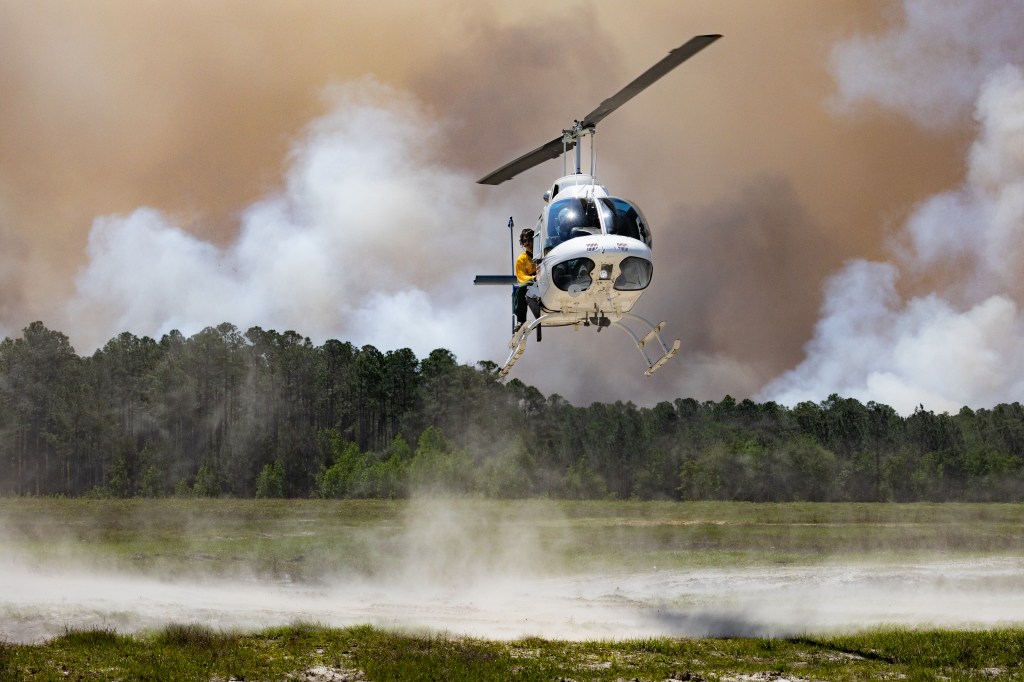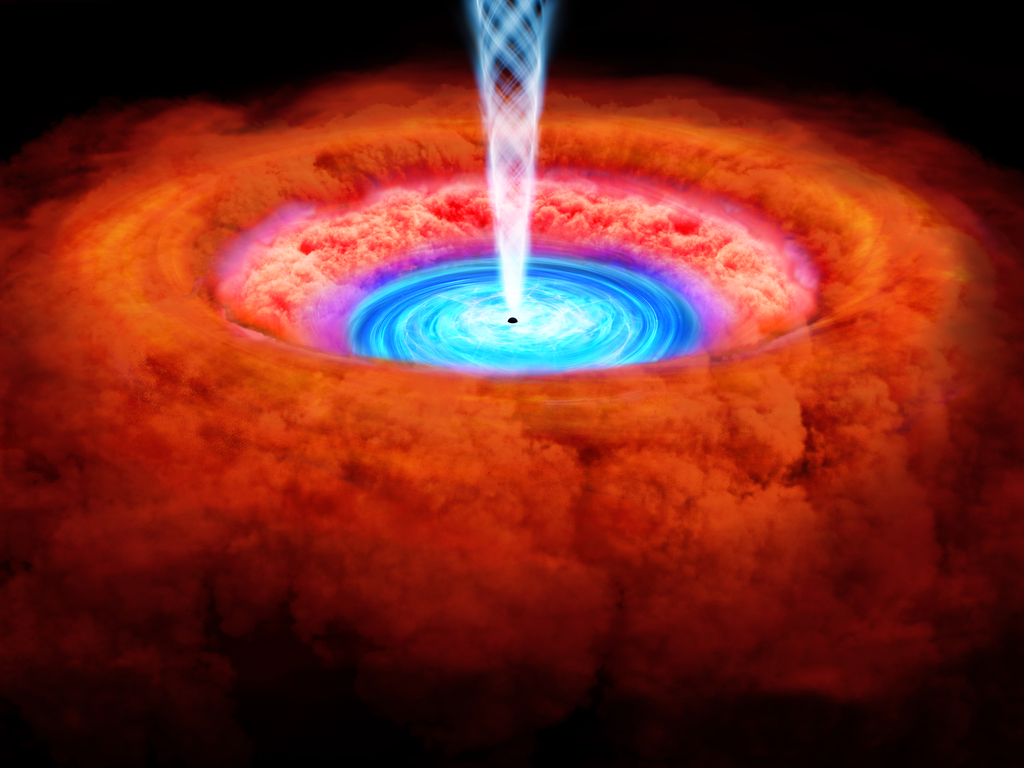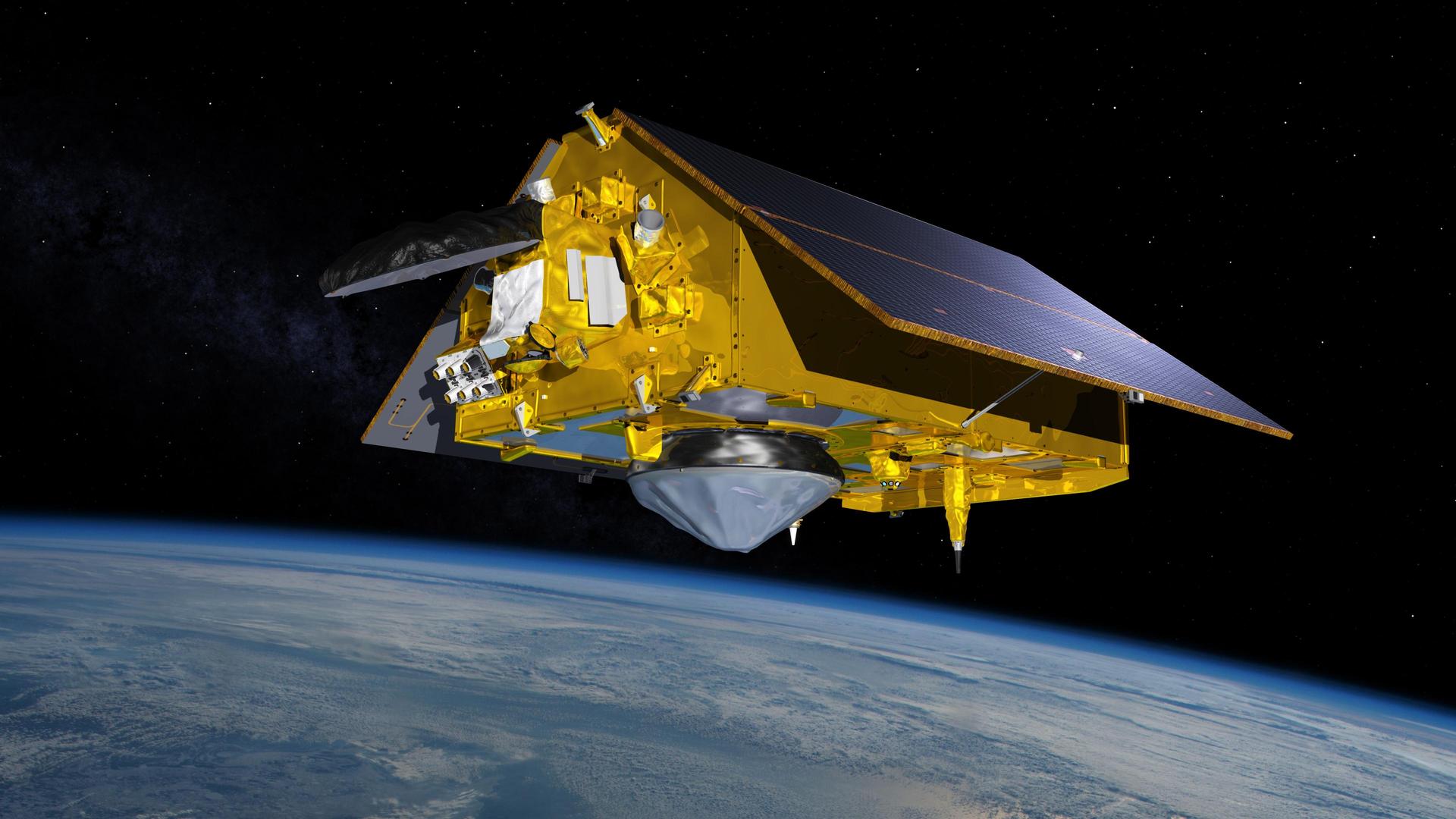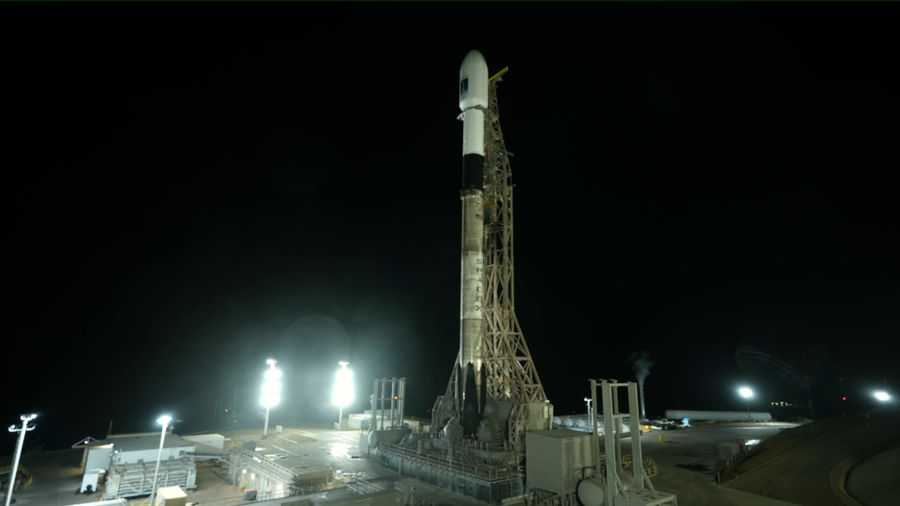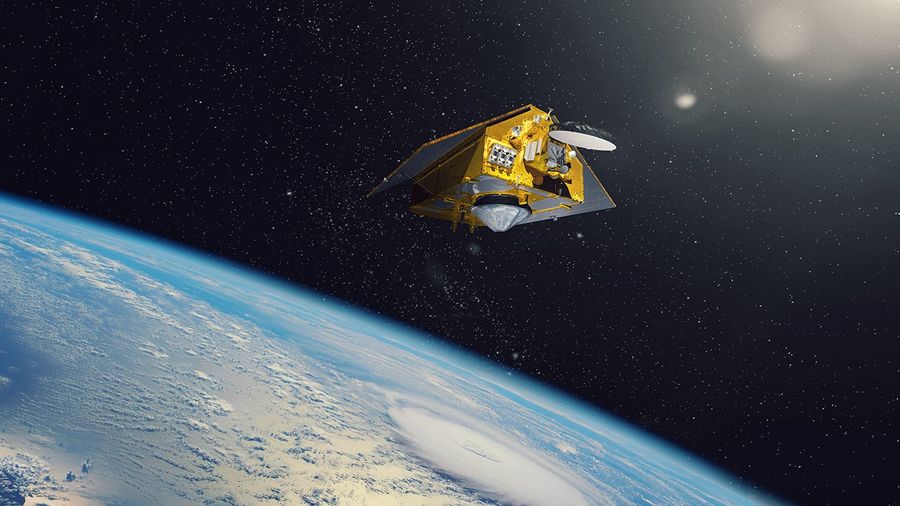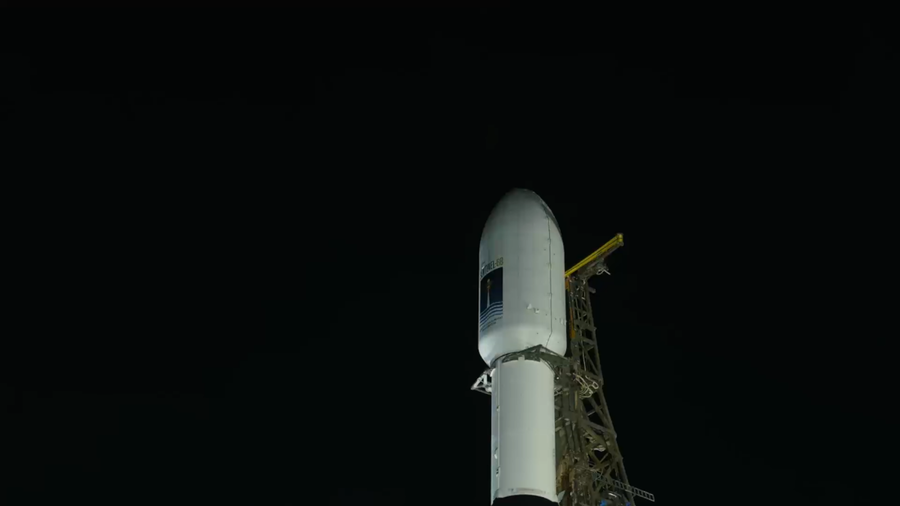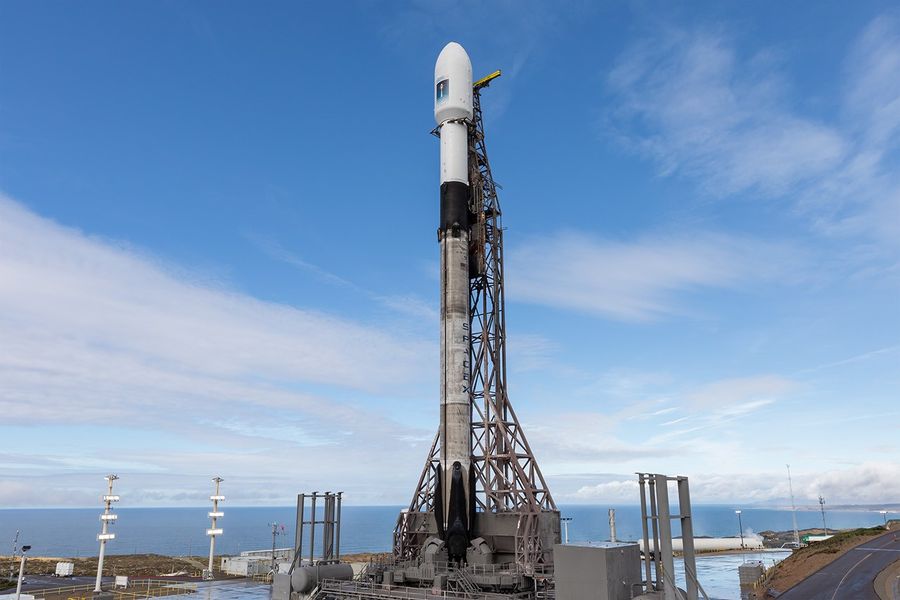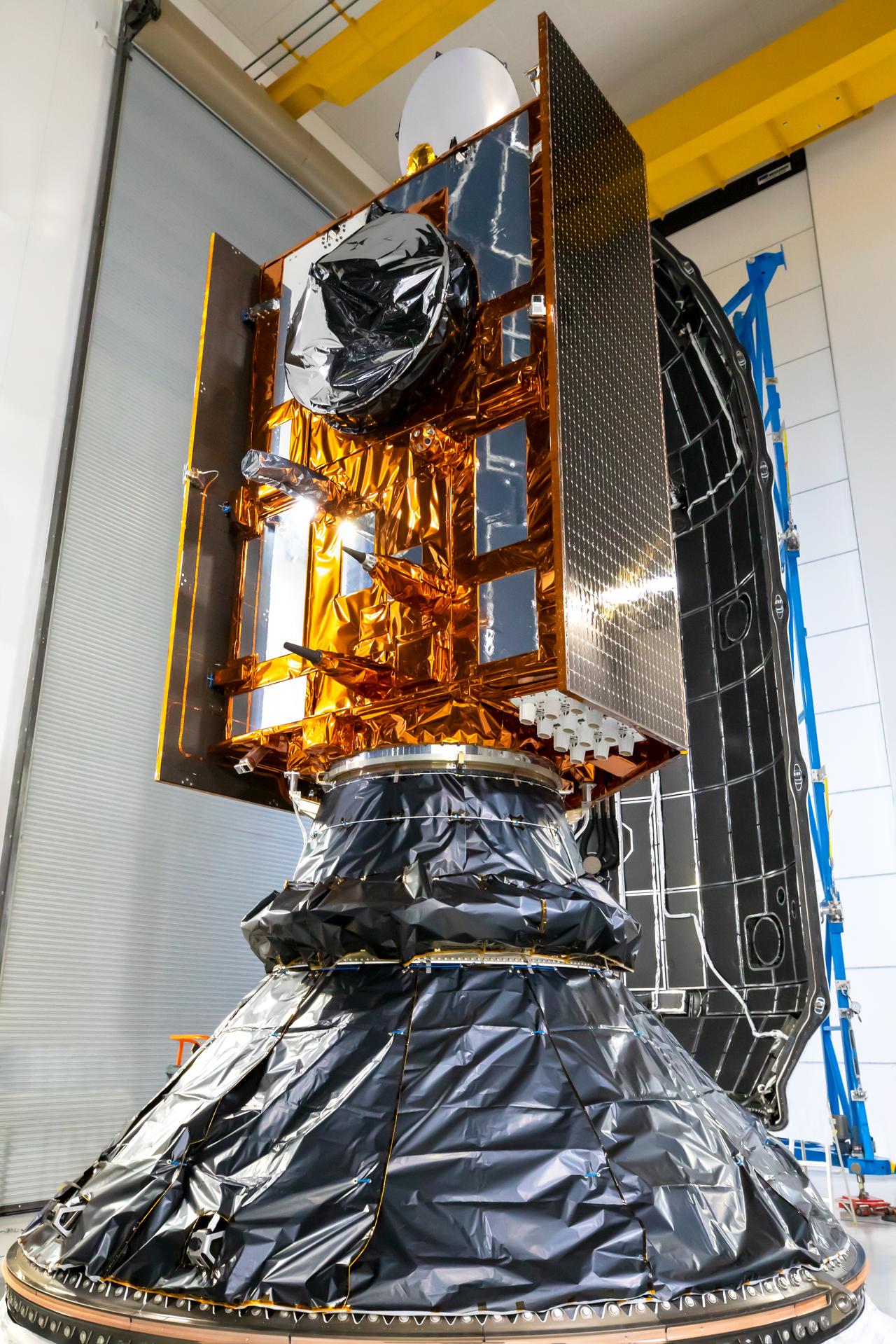Fueling is underway for the second stage of the SpaceX Falcon 9 rocket carrying Sentinel-6B, part of a joint mission led by NASA and ESA (European Space Agency), EUMETSAT (the European Organisation for the Exploitation of Meteorological Satellites), and the National Oceanic and Atmospheric Administration (NOAA), with funding support from the European Commission and technical support […]
Second Stage Fueling Underway for Sentinel-6B Launch
